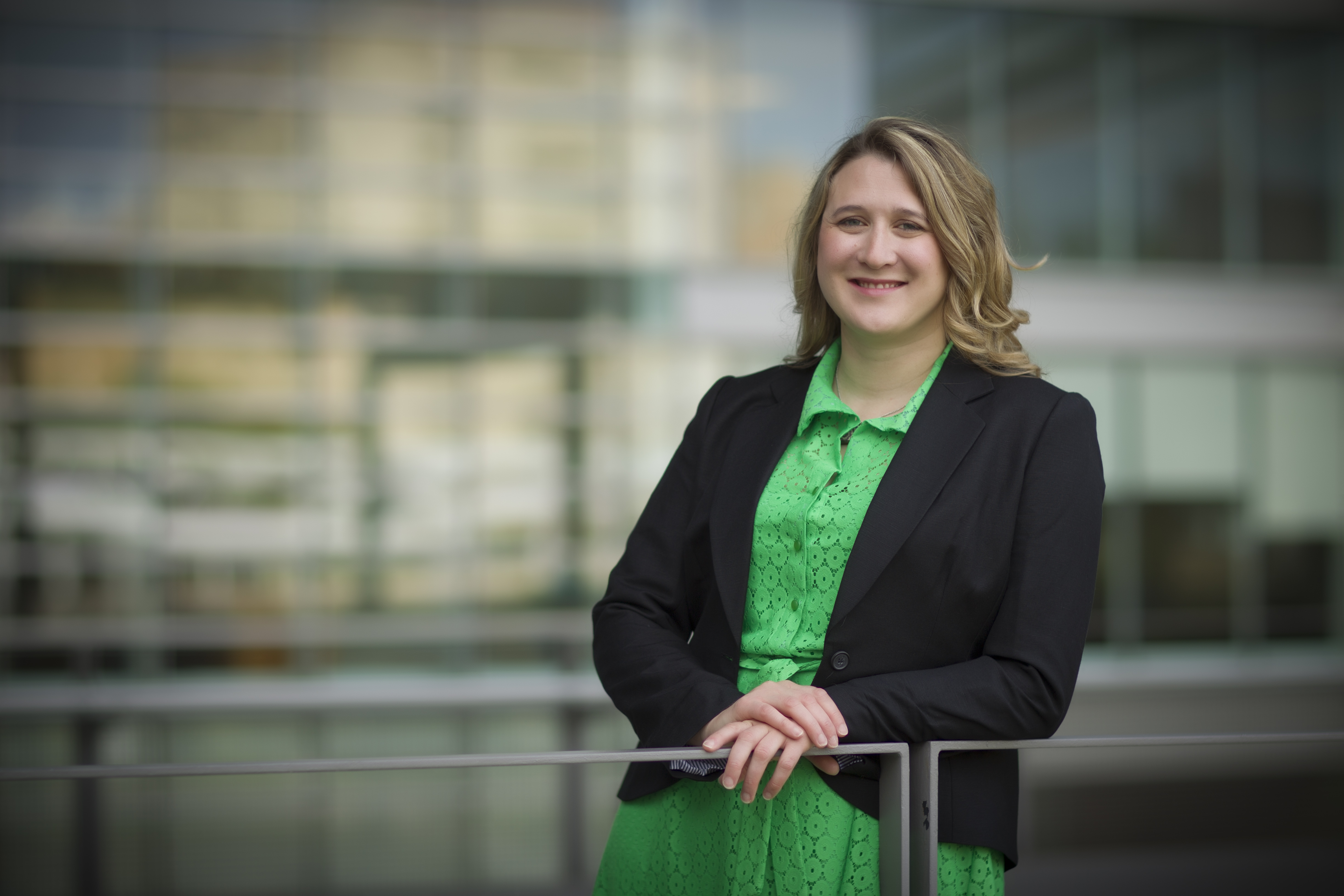In a study presented at the 2016 San Antonio Breast Cancer Symposium, UNC Lineberger researchers led by Katherine Hoadley, PhD, reported they developed a model that can predict which triple negative breast cancer patients will respond to chemotherapy.

University of North Carolina Lineberger Comprehensive Cancer Center researchers and collaborators are working to predict, before treatment, whether an aggressive type of breast cancer will respond to chemotherapy.
In a study presented at the 2016 San Antonio Breast Cancer Symposium, researchers reported they developed a model that can predict which triple negative breast cancer patients will respond to chemotherapy. Katherine Hoadley, PhD, a UNC Lineberger member and assistant professor in the UNC School of Medicine Department of Genetics, said the model was moderately successful at predicting response, but more work is needed to improve its accuracy.
“Our goal was to identify a gene expression signature pattern in cancer cells that might be able to help us predict who’s going to respond to chemotherapy prior to actually giving the treatment,” said Hoadley, the study’s first author.
Triple negative breast cancer is a particularly aggressive breast cancer type that has no targeted treatments. Patients with this disease do have higher response rates to chemotherapy, however, compared with some other subtypes. While targeted treatments are designed to attack specific molecular features that help drive cancer, chemotherapy more widely attacks all rapidly dividing cells.
Hoadley said knowing in advance which triple negative breast cancer patients will respond to chemotherapy could help physicians determine the best course of treatment; this includes not using chemotherapy if it won’t be effective against the cancer, thereby sparing the patient from potentially harmful side effects.
To develop the prediction model, researchers analyzed the expression of genes from breast cancer samples drawn from 389 patients before treatment, and they also drew upon data on how those patients responded to treatment. They split the sample data into training and test sets. Gene expression signatures were analyzed in the training set to identify gene expression signatures that best associated with complete response to treatment. They then used the signatures they uncovered to determine the ability to predict response in the remaining samples. They found the model could predict which samples had a complete pathologic response for 68 percent of patients who actually did achieve pathologic complete response to the treatment. And for patients who did have residual disease after chemotherapy, the test successfully indicated they did not have pathologic complete response for 64 percent of those cases.
Hoadley said the researchers will continue to work on the model to improve its accuracy. She said they plan to include other features of cancer cells in their model, such as molecular indicators of how the immune system is responding to the cancer, genetic mutations, and the number of copies of each gene.
“If we can validate our model in future data sets, our work could help us identify patients who are likely to respond to existing, or even less, chemotherapy and those who could benefit from more chemotherapy or novel approaches,” she said.
In addition to Hoadley, other authors include: Terry Hyslop, PhD; Chris Fan, MS; Donald A. Berry, PhD; Olwen Hahn, MD; Sara M. Tolaney, MD, MPH; Charles M. Perou, PhD; and Lisa Carey, MD.
This project is supported by and the National Cancer Institute and the Breast Cancer Research Foundation. Susan G. Komen supported the collection of biopsies at UNC. Hoadley is supported by a grant from Susan G. Komen.
